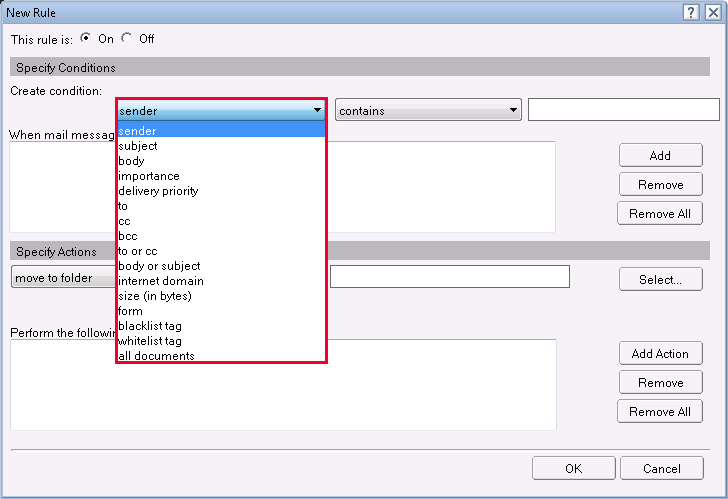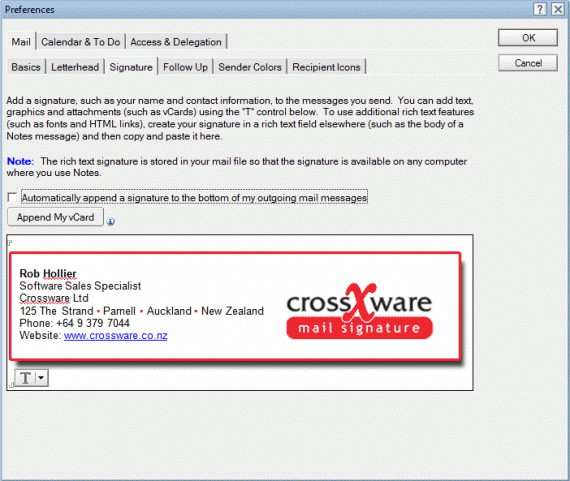
This knowledge can come into play if you're relying on one of the Notes IDs to be a reference number to a Note, like if you're synchronizing information between Notes and a relational DB. The C-API documentation also has similar information (C API User Guide, Appendix 1, "Anatomy of a Note ID"). I'd copy that for you here as well, if I didn't think I'd get in trouble for it. The NotesPeek help file also provides a nice reference to what the different Note IDs actually are (check the Help Glossary for more interesting info on Notes internals).

This originally came from the NotesPeek help file (you can get NotesPeek from the Sandbox) - I added information about DB IDs and Replica IDs, and the columns about Notes copies and OS copies of databases. Here's a nice little table showing the way that the various Note and Database IDs change for a given Note or Database across different versions: Get Selected Docs in a View Using the Notes API Running a View Action Against Selected Docs LotusScript Class To Get Unread Docs In A Database Or View Using AWStats To Report On Domino Web Logs

Performing a Stubless Delete Using LotusScriptĬonvert Notes Documents and Rich Text Fields to HTMLĬonverting Winmail.dat Files In Your Mail Recompiling Agents When Script Libraries Change How to Extract LotusScript from a DXL DocumentĪutomatically Restart Domino When It Crashesĭisplay Views in "Tree View" Format on the Web Tracking Notes Users at the Notes Server ConsoleĮxporting Notes Documents and Rich Text Fields in RTF Format

Nsftools - Lotus Notes and Domino Tips Notes Tips


 0 kommentar(er)
0 kommentar(er)
